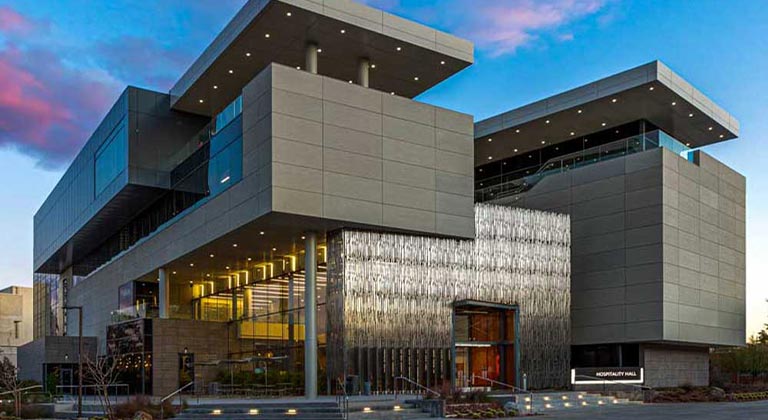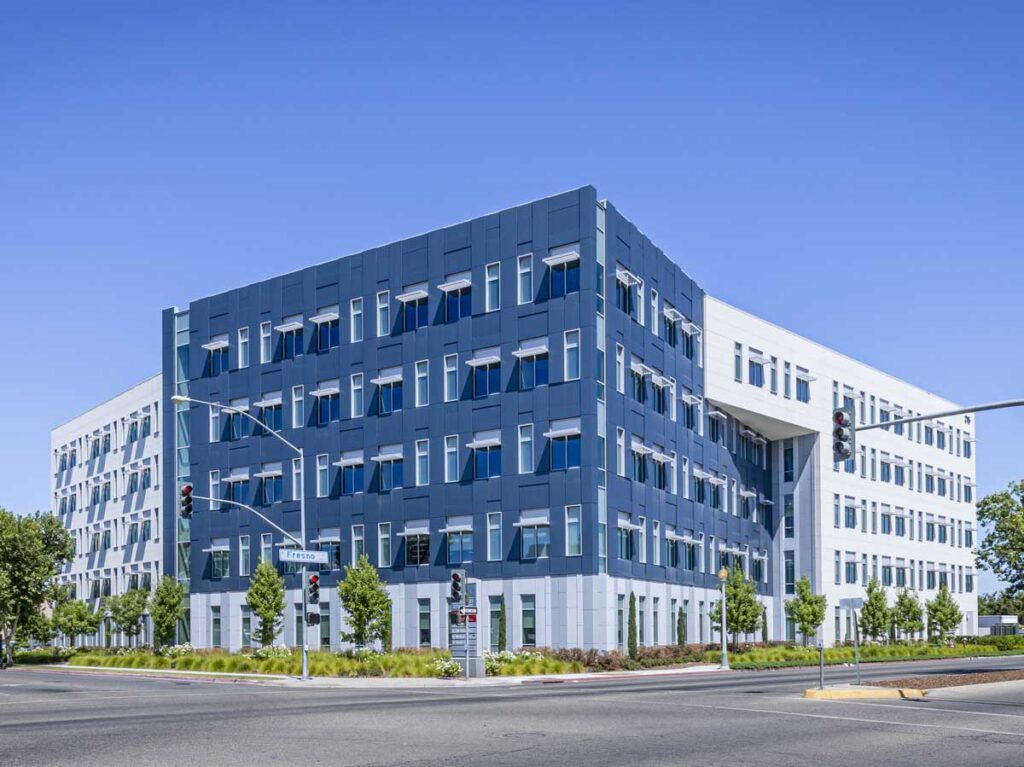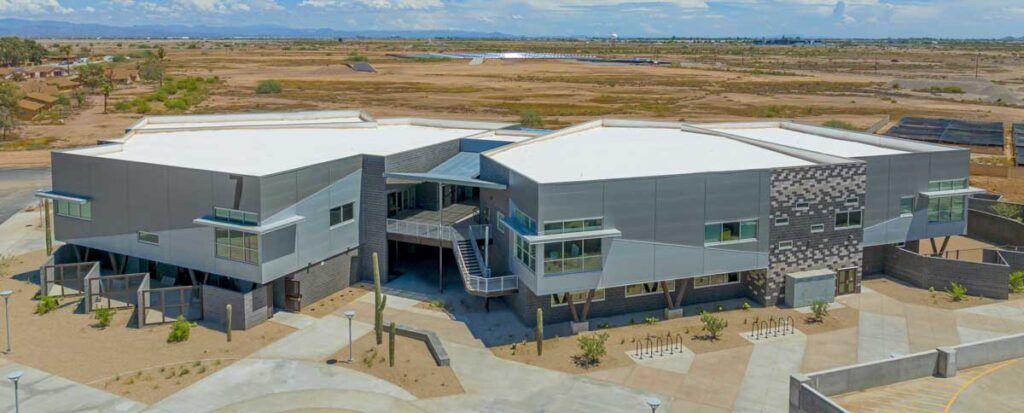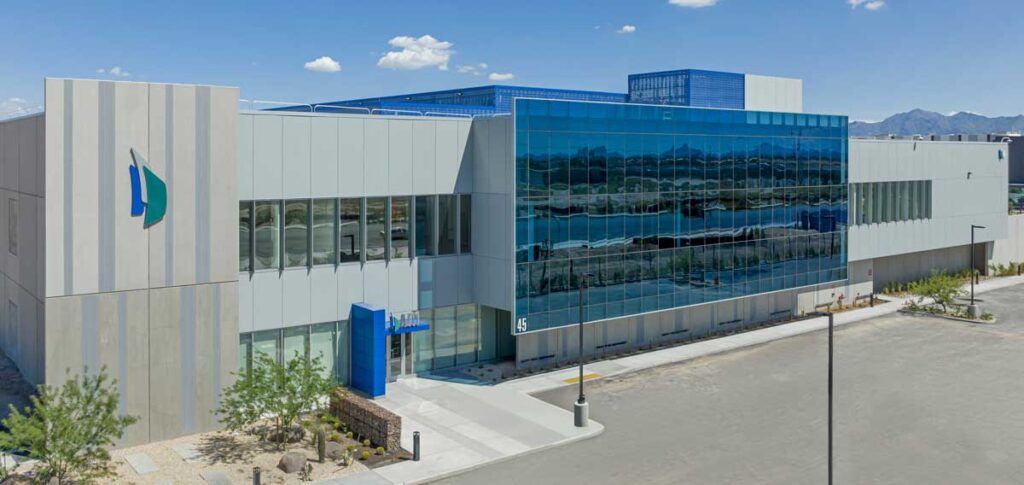
When it comes to designing a building, the choice of materials not only impacts its aesthetic appeal, but also its overall performance. Metal wall panels have emerged as a popular choice among architects, builders, and designers for their versatility, durability, and modern appeal. From sleek and contemporary, to bold and industrial, the range of metal wall panel options available today offers endless possibilities to enhance the visual appeal and functionality of any structure. In this article, we will explore the key factors to consider when selecting metal wall panels, ensuring that your building strikes the perfect balance between aesthetics and performance.
Choosing among the different types of metal wall panels for your building envelope highly depends on the unique properties of your project. To determine your best choice, carefully consider the following factors:
- Aesthetics of your building
- Performance and energy efficiency
- Type of metal wall panel material
- The proper finish of the panel
- Sustainability
- Durability
- Cost-effectiveness
As experts on the topic, we’ve put together some information that explains how to choose among different types of metal wall panels, according to their properties, styles, and more.
Types of Metal Wall Panels and How They Work
Metal wall panels are a highly sought-after option in building envelopes, largely due to their versatility. You can use them to produce customized and aesthetically-pleasing designs, or use them for their practicality. Utilizing different types of metal wall panels for your project creates exceptionally distinctive buildings. For instance, each project can have its own aesthetic by installing standard panels horizontally or vertically, or incorporating 2-D and 3-D shapes with diagonals.
There are several types of metal wall panels that each serve specific functions, including:
- Metal composites material panels
- Single-skin metal wall panels
- Plate panels
- Perforated metals
- Insulated metal panels
- Insulated metal roof panels
Let’s examine the systems most frequently used by glaziers and architects, and look at the intended function of each one.
Metal Composite Material Panels
Metal composite material (MCM) panels are composed of two metal sheets, which can be painted or natural, and are typically constructed from aluminum. However, they also can be produced from alternative materials such as steel, zinc, copper, stainless steel, or titanium. These sheets are expertly bonded to a central polyethylene core.
Using MCM panels prevents the potential problem of oil canning, a visual issue that sometimes appears in flat areas of metal panels as wavy distortions or ripples. They’re also lightweight, resistant to harsh weather and air, and protect against water infiltration. In addition, should the building require fire-rated construction, it can be made with a fire-retardant core as well. MCM wall panels are highly recommended due to their exceptional durability and ability to maintain a flat shape post-installation.
Single Skin Metal Wall Panel
Single-skin metal wall panels are inexpensive and quite commonly used; they also provide an infinite number of versatile design options.
For example, for a sleek appearance on the building exterior, concealed fastener panels are sometimes used in high-quality panel systems. By adding clips, this type of panel facilitates thermal movement, or a change in the material’s shape due to temperature fluctuations. For metal materials, this results in an expansion in size.
To save on both cost and installation time, designers can create a different look with the use of exposed fasteners, which are attached to the building directly through the panels, overlapping edges, and without the use of any clips at all.
It’s important to note that these systems on their own cannot provide thermal protection. However, their installation can be combined with continuous insulation products to create a fully-protected structure that guards against both moisture and heat.
Depending on your design needs, both types can be installed horizontally and vertically.
Plate Panels
Metal plate systems provide design freedom, functionality, and high performance.
Designers can use metal plates to create interesting and appealing design elements by implementing or providing variations in the paneling systems:
- sub-layers
- depths
- curves
- perforations
- and tapers.
These design elements allow for architectural marvels that evoke strong reactions and offer distinct experiences. The creative use of this type of panel can lead to limitless options of unique and memorable façades.
Perforated Metal Design Wall Panels
Another type of metal wall panel used purely for design purposes is perforated metal. It’s used primarily in accent walls and adds a distinctive flair to any project.
Perforated patterns can be manufactured according to standard options or customized — and the creative use of either type provides architects and designers an ideal medium to express unique building exteriors.
Insulated Metal Panels
Insulated Metal Panels (IMPs) are a type of metal wall panel with a foam core that provide exceptional insulation properties and can be installed very quickly. Opting for IMPs meets most energy codes and can contribute toward credits for a LEED Green Rating System.
These systems are designed to act as interior and exterior finishing surfaces, eliminating the need for separate products, and effectively streamlining the installation process. The units are fully finished and ready to be installed and sealed upon delivery, saving time and labor costs.
IMPs are commonly used in:
- Industrial and commercial buildings
- Warehouses
- MFC Facilities
- Schools
- Hospitals
- Airports
- Stadiums
- Cold storage facilities
Insulated Roof Panels
Designers choose insulated metal roof panels for several reasons. An alternative to uninsulated roofing sheets, they are more cost-effective than traditional roofing panels.
These sheets can be made of aluminum, stainless steel, or — the most energy-efficient choice — eco panel. This last type combines the framing and insulation process into one layer, and provides more strength, energy efficiency and flame retardant than most other systems.
Eco panels with stucco-embossed aluminum are practical when you require an inner layer other than galvanized steel sheet in buildings with exposure to chemicals, such as ammonia. (Many businesses use ammonia for large-scale refrigeration, in industries such as meat or dairy processing, wineries and breweries, and other bottling plants.)
When choosing insulation materials, it is crucial to consider their intended functionality and expected performance, to ensure that selected materials meet the specific requirements and will deliver the desired results.
And remember to take safety into account. Consider whether you require insulation with:
- nonflammable capabilities
- structural capabilities
- or moisture protection
The system’s inner layer can consist of polyurethane, polyisocyanurate, or rockwool. Each contains strengths you might require for your project.
Polyurethane
You’ve probably seen polyurethane used in household items like sponges — although it also can be easily applied to building surfaces during construction. It can be sprayed on, providing dense insulation at any thickness you require. Its excellent insulation enables buildings to retain heat during the winter but keep heat out during the summer. This effectively reduces electricity costs associated with heating and AC usage. This material does tend to cost more than other options.
Polyisocyanurate
Polyisocyanurate (“polyiso”) is a hard foam. Its advantage over polyurethane is that it contains a lot more diphenylmethane diisocyanate, and achieves the same degree of insulation with a thinner application. It is also less toxic than other insulation materials, is flame-retardant and waterproof. Because it contains substantial amounts of recycled materials, it is the eco-friendly option as well.
Rockwool
Rockwool, or “mineral wool,” is a thermal and noise insulation material made of natural rock and recycled steel by-products. It provides yet greater levels of fire protection than polyiso, and can withstand temperatures up to 1,832 degrees Fahrenheit. Additionally, it is resistant to mold, mildew, rot, and pests.
Types of Metal Wall Panel Finishes
There are unlimited options of metal finishes and colors, some of which include:
- Anodized
- Painted
- Powder coated
- Sandblasting
- Brushing
- Polishing
- Plating
These finishes can serve many functions, including anti-oxidizing and aesthetics. Consult your glazing expert or project manager to understand the nature of the project and the type of finish required.

The Durability, Sustainability, and Cost-Effectiveness of Different Types of Metal Wall Panels
Each type of metal wall panel has its strengths and weaknesses. Durability, sustainability, and cost-effectiveness highly depend on each panel’s materials.
Consider the following:
Steel panels: Steel plates have outstanding durability and longevity, protect against fire, and provide anti-corrosion benefits. They are cost-effective, but not sustainable, since they’re made mostly of non-recycled material, and require substantial levels of energy to produce.
Aluminum panels: These panels are lightweight, durable, and contain anticorrosive properties. They are more expensive than steel plates, but are easily recycled. One negative is that aluminum plates tend to dent easily.
Copper panels: Copper has a beautiful appearance, and its unique patina is the reason is chosen for many buildings. Beyond its appealing aesthetic, copper will also last longer and is resistant to corrosion. The negative aspects are that copper is very expensive and requires constant maintenance.
Zinc panels: Using metal panels with zinc is a good option, because they resemble copper visually, but cost significantly less. Zinc has anticorrosive properties and requires little to no maintenance. One negative of using zinc is that it’s not as strong as other metals and might require protective coatings.
Corrugated panels: These types of metal wall panels are affordable and lightweight. Their easy installation saves time and cost, however, they are less durable than other options.
Summary
When choosing types of metal wall panels, it’s crucial to consider the specific needs of your project, including expected lifespan, climate conditions, and budget. Determine which types of wall panel system will best suit your project, and decide which portions will be comprised of:
- Single-skin metal wall panels
- Plate panels
- Metal faced composites
- Perforated metals
- Or other materials.
Consider the type and metal thickness of the insulation (if choosing IMPs for insulation and energy efficiency) and choose the color and finish that will achieve your desired result.
Our glazing experts can guide you to ensure that your project achieves your performance and aesthetic goals. With the help of our team of skilled professional glaziers to install your metal panel systems, you can be sure that — no matter which type you select — your project will be as smooth as your chosen finish. Contact us for a quote and for more information.

